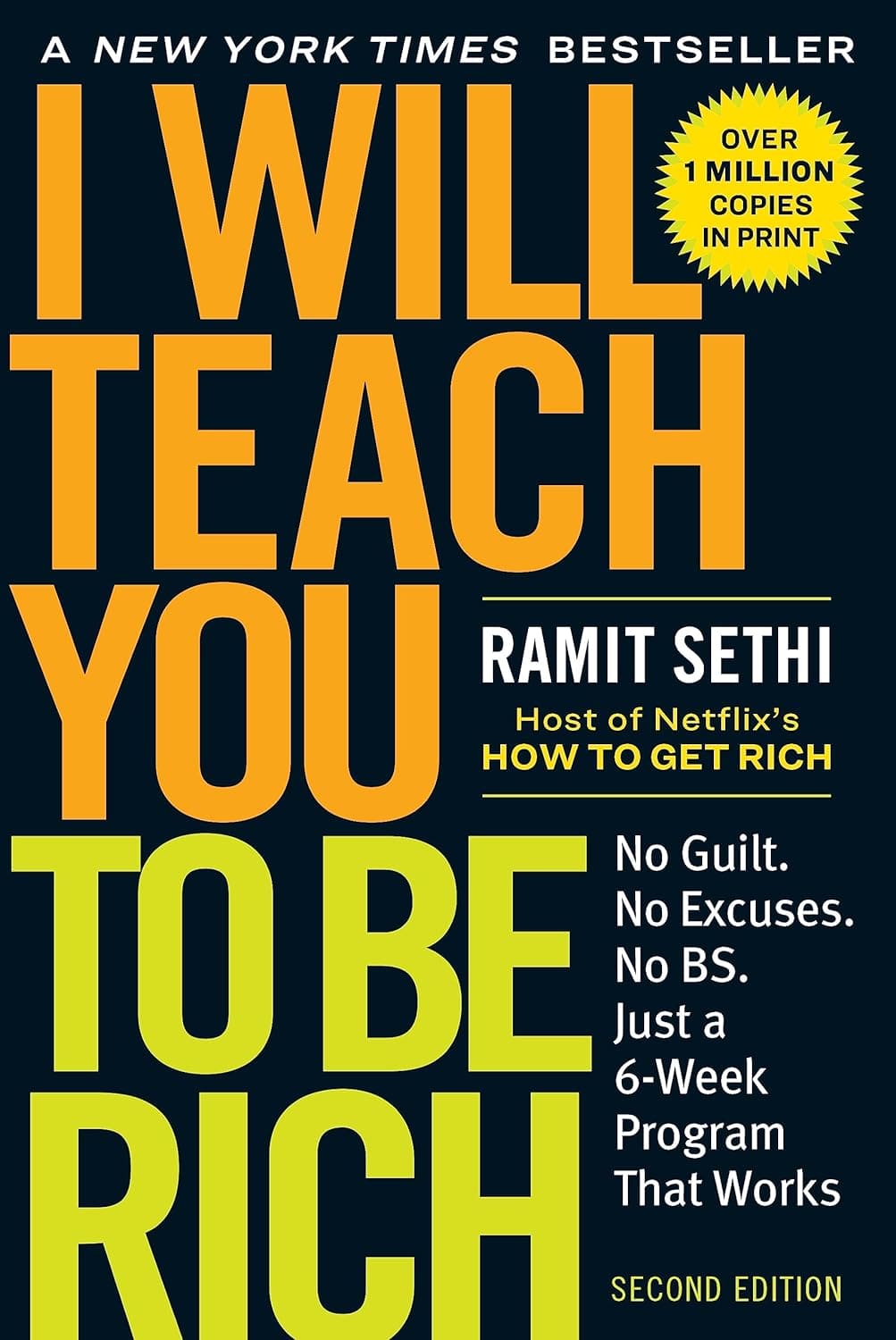Business & Money
The Symbiotic Relationship Between Business & Money: A Deep Dive
Money, often coined as the lifeblood of a business, plays an indispensable role in the commercial world. From financing operations to ensuring sustainability, the dynamics between business and money are intricate and multifaceted. Let’s unravel these complex ties by diving into the core questions surrounding the realm of business and finance.
1. What is the Use of Money in Business?
Money serves as the primary catalyst that sets a business in motion and keeps it operational. Here’s how:
- Startup Capital: Every business begins as an idea, but to transform this idea into reality, initial capital is necessary. This money is used to register the business, set up an office, purchase inventory, hire employees, and more.
- Operations: Day-to-day operations, from manufacturing products to rendering services, require money. This includes expenses like salaries, utilities, raw materials, and rent.
- Expansion: As businesses grow, they need capital to expand—whether it’s opening new branches, launching new product lines, or entering new markets.
- Buffer Against Uncertainties: Money is also kept as a reserve to cushion against unforeseen challenges—be it an economic downturn, a sudden operational hiccup, or a global crisis like a pandemic.
2. Why is Cash Important to a Business?
While ‘money’ in a business encompasses all financial assets, ‘cash’ has its unique significance.
- Liquidity: Cash is the most liquid form of money. It can be immediately used to address any business need, be it an unexpected expense or a golden investment opportunity.
- Solvency: Having cash reserves ensures that a business can meet its short-term liabilities. It’s a sign of financial health, indicating that a business isn’t overly reliant on external financing.
- Flexibility: In the dynamic world of business, agility is key. Having cash on hand allows businesses to quickly pivot, seize new opportunities, or address challenges without the delay of securing funds.
- Trust and Credibility: Suppliers, creditors, and stakeholders are more likely to trust a business that maintains healthy cash flows. It showcases stability and reliability.
3. How to Get Money from a Business?
Drawing money from a business is a nuanced process, determined by the business’s legal structure and financial health.
- Owner’s Draw: Sole proprietors and partners can take money out of their businesses as ‘draws.’ It’s not a salary, but a portion of the business’s earnings.
- Dividends: Shareholders of a corporation receive money in the form of dividends, a share of the profits based on the number of shares they own.
- Salaries: In many corporations, especially where owners are actively involved in management, they might receive a salary for their services.
- Loans to Owners: A business can also lend money to its owners or shareholders, though this must be documented meticulously to ensure legal compliance.
4. What is Finance Business?
The term ‘finance business’ is expansive, referring to organizations that manage money. Here’s a breakdown:
- Banks: Institutions that accept deposits and offer loans.
- Investment Firms: Companies that manage securities and assets for investors.
- Insurance Companies: Provide protection against financial losses.
- Credit Unions: Member-owned financial cooperatives that offer banking services.
- Financial Advisory Firms: Offer guidance on investment, tax strategies, and financial planning.
- Brokerages: Facilitate the buying and selling of securities between a buyer and a seller.
In Conclusion
Money is the linchpin holding the vast landscape of business together. Understanding the dynamics between business and finance is essential for entrepreneurs, investors, and professionals alike. Whether you’re launching a startup, managing an established company, or contemplating investment avenues, a grasp of the symbiotic relationship between business and money equips you for success in the commercial world.
Showing all 4 results





